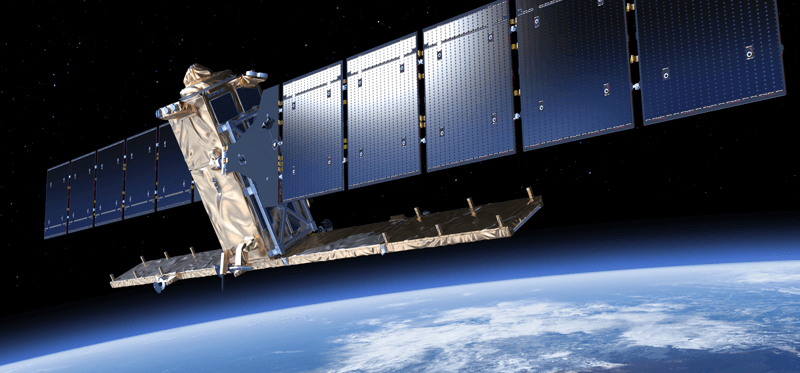
After three setbacks due to adverse weather conditions and technical hitches, the European satellite Sentinel-1B blasted off successfully at 21.02 hours on Monday 25 April from the European Spaceport of Kourou in French Guiana.
Sentinel-1B is the fourth satellite of the Global Monitoring for Environment and Security program Copernicus, by means of which Europe is now building up its own earth-observation technology and capability.
As of today the Copernicus satellite program comprises five satellite families: Sentinel-1, designed to ensure the continuity of ERS and Envisat radar data, Sentinel-2 and -3, dedicated to Earth and ocean monitoring; and Sentinel-4 and -5, which will be dedicated to meteorology and climatology missions, based on a study of the composition of the Earth’s atmosphere.
GMV is playing a key role in the Copernicus program, participating actively in various projects for both the ground and space segment. During launches it provides support services for the mission planning and control systems. GMV is making the following contributions to the Sentinel 1B satellite:
- Mission analysis
- Development of the satellite operational simulator
- Development of the ESA-ESOC control center
- Support for development of the flight dynamics system for ESA-ESOC
- Development of the satellite’s PDGS core (Payload Data Ground Segment) with responsibility for mission-planning facilities
- Support for ESOC operations, in relation to the aforementioned systems, including initial LEOP and commissioning phases
- Responsible for provision of the Precise Orbit Determination (POD) system
Sentinel-1B joins its almost identical twin, Sentinel-1A, launched two years ago and orbiting with 180 degrees of separation. Between the two of them they will provide a much more comprehensive coverage of the planet for monitoring the environment.
The whole fleet of satellites will provide a vast amount of fundamental images and data for the program and will offer a series of key services for a wide range of applications: land monitoring, ocean monitoring, crisis- and catastrophe-management, atmosphere and climate-change monitoring, plus security.




